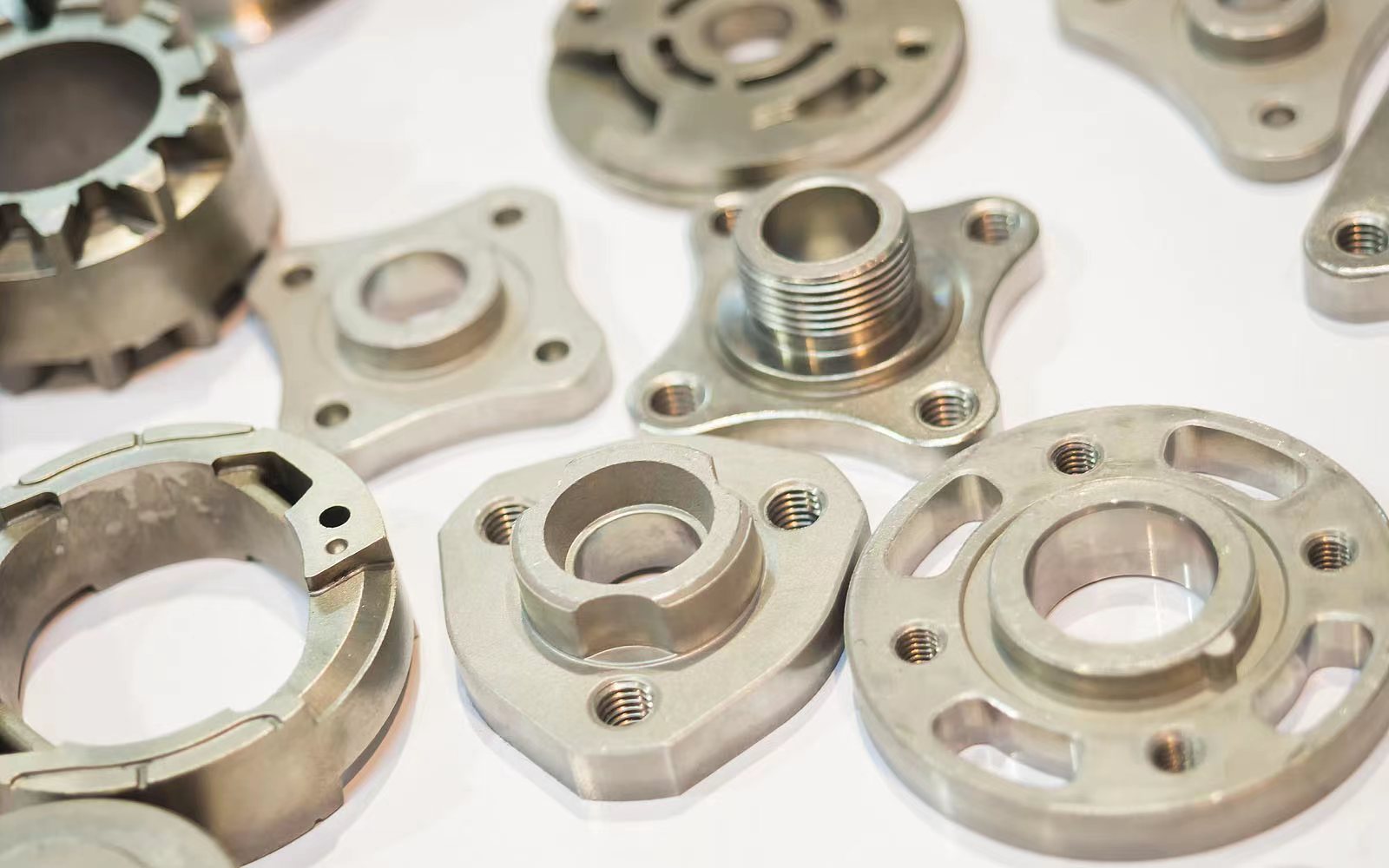
Compared with castings, metal forging can improve the structure and mechanical properties. Casting organization after forging method of thermal deformation due to metal deformation and recrystallization, make original bulky dendrite and columnar grain to grain is fine and uniform axial recrystallization organization, make the ingot in the original segregation, porosity, porosity, slag compaction and welded, such as its organization become more closely, plasticity and mechanical properties of the metal.
The mechanical properties of the casting low stem forging mechanical properties with the same material, in addition, the metal forging process can guarantee the continuity of fibrous tissue, the forging of fibrous tissue and forging appearance consistent, metal flow is complete, can guarantee the parts with good mechanical properties and long service life with precision die forging, cold extrusion, extrusion temperature and other process of forging, Are incomparable to casting.
Forgings are objects in which metal is subjected to pressure and plastic deformation to create a desired shape or suitable compression force. This force is typically achieved by the use of a hammer or pressure. The forging process builds fine granular structures and improves the physical properties of the metal. In the practical use of components, a correct design can make the particle flow in the direction of the main pressure. Castings are metal forming objects obtained by various casting methods, that is, the smelting of liquid metal, by pouring, injection, inhalation or other casting methods into the pre-prepared casting, cooling after falling sand, cleaning and post-treatment, etc., to get a certain shape, size and performance of the object.
